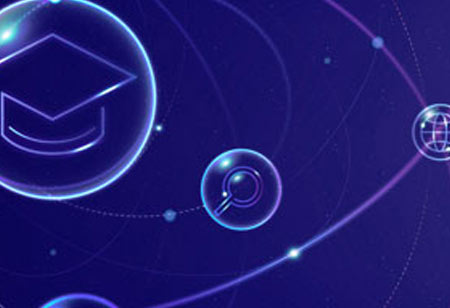THANK YOU FOR SUBSCRIBING
Be first to read the latest tech news, Industry Leader's Insights, and CIO interviews of medium and large enterprises exclusively from Education Technology Insights
Exploring the Benefits of Virtual Reality in Classrooms
Virtual Reality in classrooms ensures improved retention, personalized learning, and enhanced student engagement.

By
Education Technology Insights | Wednesday, August 21, 2024
Stay ahead of the industry with exclusive feature stories on the top companies, expert insights and the latest news delivered straight to your inbox. Subscribe today.
Virtual Reality in classrooms ensures improved retention, personalized learning, and enhanced student engagement.
FREMONT, CA: Virtual reality (VR) technology is increasingly popular in various fields, including education. It is an immersive technology that generates a virtual environment in which users can engage using specialized equipment such as a VR headset. In the classroom, VR has the potential to transform how students learn and interact with content.
Increased engagement: VR offers an immersive experience that may hold students' attention and keep them interested. It may transfer students to new locations and experiences, making learning more engaging and pleasant. For example, students studying history can use virtual reality simulations to explore ancient Rome or walk through a World War I trench.
Secure and controlled environment: VR creates a secure and regulated environment where students can explore and learn. It can replicate dangerous scenarios while keeping students safe. Medical students, for example, can utilize virtual reality to model surgical operations, lowering the chance of errors and problems during actual surgery.
Enhanced retention: Virtual reality can help students retain information by delivering a multisensory experience that stimulates many brain areas.
Studies have indicated that adopting VR in the classroom can boost retention rates by up to 80 percent. For example, biology students can utilize VR to explore the inner workings of a cell, providing a visual and interactive way to comprehend complex subjects.
Accessibility: Virtual reality may provide students access to activities and situations that would be difficult or impossible for them to access otherwise. For example, students in remote areas or with mobility challenges may have restricted access to museums or historical places, but VR can provide these experiences.
Tailored education: Virtual reality can provide personalized learning experiences that are tailored to each student's specific needs and learning styles. It can adapt to each student's pace and level, providing personalized feedback.
For example, math students can utilize VR to practice problem-solving at their own pace. The virtual environment adapts to their progress and provides feedback to assist them in improving.
Motivation: Virtual reality can boost motivation and passion for learning by making it more enjoyable and engaging. It can evoke a sense of surprise and interest in students, motivating them to explore and learn more. Spray painting courses can be taught using innovative tools like Augmented Reality (AR) or Virtual Reality Spray Painting Systems.
These modern technologies create immersive and secure learning environments, allowing students to practice spray painting skills without the need for actual materials or equipment.







